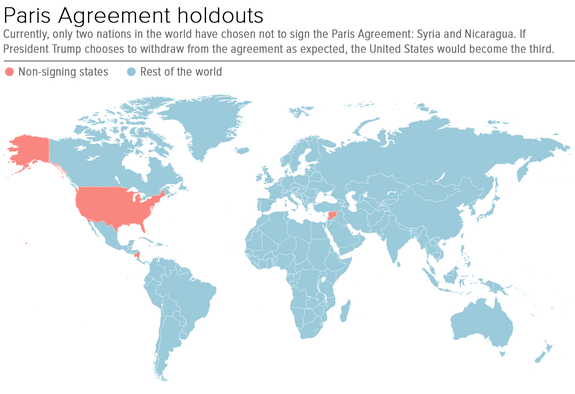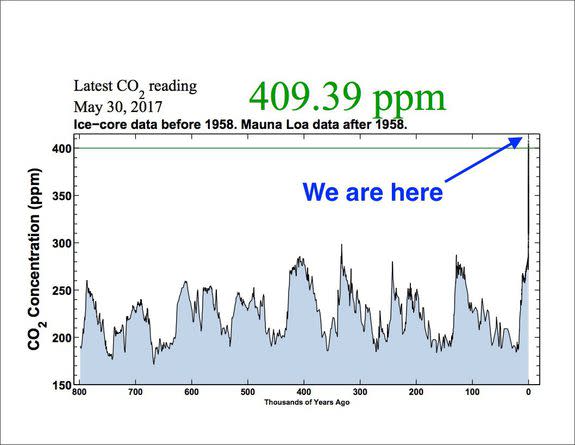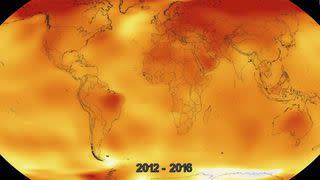One map tells you all you need to know about Trump's withdrawal from the Paris Agreement

President Donald Trump announced on Thursday that he is withdrawing the U.S. from the Paris Agreement on climate change.
This leaves the country in a small group of strange bedfellows.
There are only two other countries that rejected the Paris Agreement: Nicaragua and Syria. And, considering that Nicaragua didn't join because its diplomats felt the agreement doesn't go far enough toward slowing global warming, it means that, on this, the U.S. is most closely aligned with Syria, which is in the midst of a bloody civil war.
SEE ALSO: Here’s why you shouldn’t totally despair if the U.S. ditches the Paris Climate Agreement
This bizarre alliance shows just how widespread the consensus view on this voluntary agreement is. North Korea's government has even signed the deal, and Russia has too, although it has yet to formally ratify it.

Image: bob al-greene/mashable
The Paris Agreement is viewed as the last, best chance to rein in emissions of global warming pollutants such as carbon dioxide and methane, which come from burning fossil fuels for energy, as well as deforestation and other human activities.
The Paris Agreement, which entered force in 2016 with unprecedented global support, calls for countries to cut their emissions of greenhouse gases in accordance with voluntary targets. The aim is to forestal dangerous climate change, which the agreement defines as keeping global warming to "well below" 2 degrees Celsius, or 3.6 degrees Fahrenheit, above preindustrial levels.
The amount of carbon dioxide in the air is currently at its highest level in all of human history, causing global temperatures to increase, ice caps to melt, sea levels to rise, and making certain extreme weather events more common and severe.
Last year was Earth's warmest on record since 1880, beating the previous two benchmarks set in 2015 and 2014, respectively.

Image: scripps institution of oceanography
In the wake of a U.S. pullout from Paris, the key players in making sure the world still makes progress in addressing the unfolding challenge will be Europe, China, and India. China is poised to become a global renewable energy powerhouse, and there is already talk of a European Union alliance with China to move climate negotiations forward without the U.S.
Because of its rejection of the agreement, the U.S. will go from the world leader on climate action to its most high profile climate deadbeat.
China is the world's top emitter of greenhouse gases, but the U.S. sits at number two, and occupies the top spot for historical emissions since the start of the industrial revolution.
In other words, a U.S. withdrawal means that the country that is most responsible for causing modern-day global warming will do the least to address it.
UPDATE: June 1, 2017, 3:38 p.m. EDT This story was updated to reflect the fact that Trump is officially pulling the U.S. from the Paris Agreement.
WATCH: It's official, 2016 was Earth's warmest year on record

